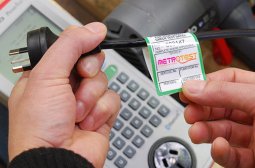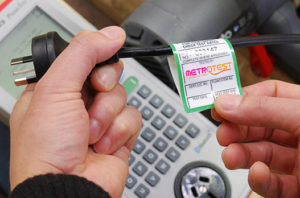
Do you want to keep up to date with the latest news in the test and tag industry? We are setting up a newsletter to keep you up to date with all the latest in the electrical industry. So from now on, you will be among the first to hear about updates on all things electrical safety. We promise we won’t stuff your inbox with spammy articles or repackaged product updates. At Metrotest, we aim to provide valuable content that is actually useful for you and your business. Here’s what you can expect:
- In-depth articles filled with expert tips and advice that will help you increase productivity and safety at work.
- Member-only discounts on test and tag equipment and training.
- Reminders for upcoming events and training courses.
- 1-2 emails per Month with links to our latest content.
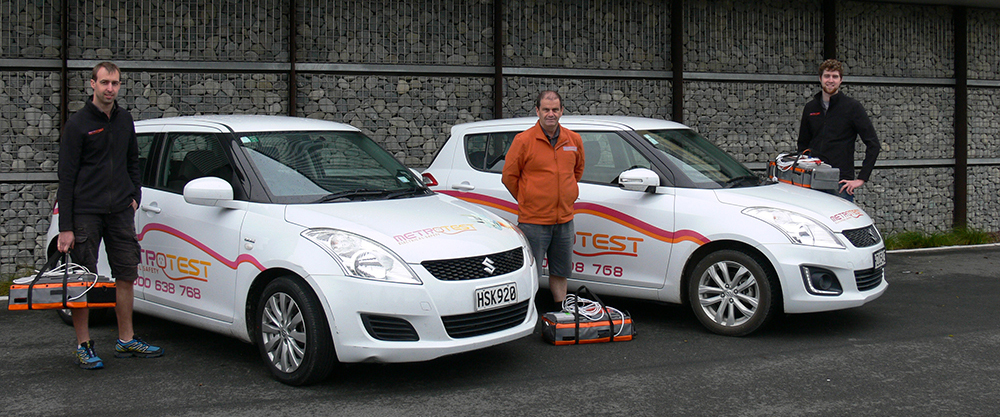
In the meantime, check out the latest:
What have I missed?
Our new website will eventually have a Test and Tag Fraud section that lets you report dodgy test and tag or electrical work.
If you’ve attended one of our test and tag training courses in the past, you can now access our Online Retraining course for as low as $95+GST.
We’re in search of new team members in Wellington – Come and join the Metrotest family!
if you would like to apply please contact Brent by email testingmanager@metrotest.co.nz
For our Calibration Month, we’ll be giving up to 25% off a calibration check. Watch this space!
(This is coming up, not available now. Will be in a couple of months)
Tell us what you think
We’d love to know your thoughts. Whether you have a question, want more info on a particular subject, or just feel like sending a digital high-five our way, you can reach us on Facebook, tag us on Twitter or leave a comment on our YouTube channel.
Watch for our next update to hit your inbox in a few days. Cheers to a healthy digital relationship!
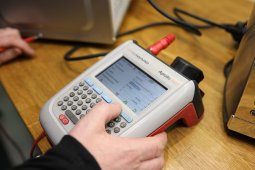
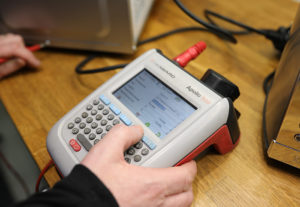 Being competent in testing and tagging comes with a number of benefits:
Being competent in testing and tagging comes with a number of benefits: